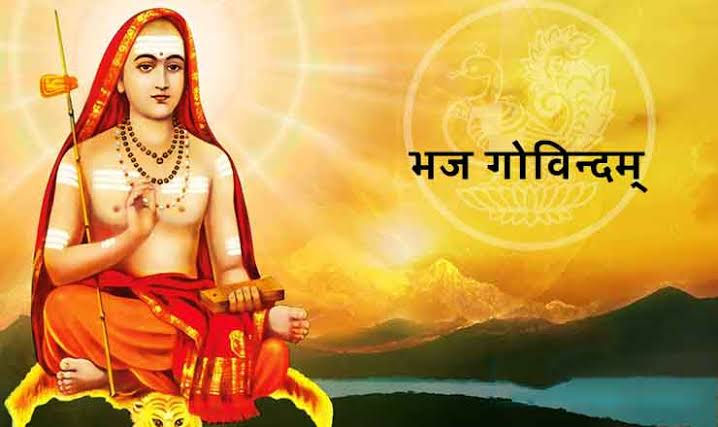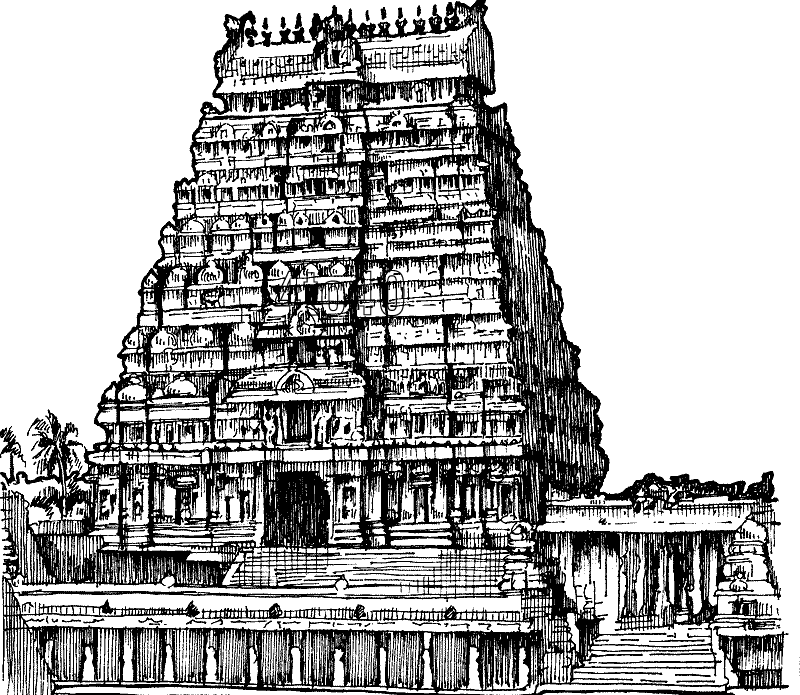LALITHA SAHASRANAMA (201)
- S Subramaniam
- Jul 18, 2023
- 2 min read
LALITHA SAHASRANAMA
सर्वशक्तिमयी सर्व-मङ्गला सद्गतिप्रदा। सर्वेश्वरी सर्वमयी सर्वमन्त्र-स्वरूपिणी ॥ ५२॥

52. Sarvashakti mayi Sarva Mangala Sadgati Prada Sarveshvari Sarvamayi Sarvamantra Svarupini
सद्गतिप्रदा। (201)
Sadgati Prada (201)
Meaning
Devi guides Her devotees in the right path to reach the right target. The right target is realizing the Brahman and to attain Moksha or liberation.

Interpretation:
The Namah consists of two parts Sadgati and Prada. Sadgati can be best explained as the path leading to the attainment of Moksha or Liberation and Prada means the one who grants. It's Devi who provides it.

Some scholars are of the view that Sadgati by itself means Liberation or Moksha. They cite the example of Gajendra Moksham where Lord Maha Vishnu grants Liberation to an Elephant who gets Vaikuntha Prapti.

Others are of the opinion that Sadgati refers to the path that ultimately leads to getting Moksham.
This is the stage where ignorance is completely destroyed and knowledge alone prevails. One has to first obtain Sadgati, travel in the prescribed path and ultimately reach the destination which is Moksha or Liberation.
Devi provides that knowledge, but after receiving it and to pursue the path with the aim to obtain Liberation is purely in the hands of Her devotees - they explain.

Origin of the word Sadgati;
The explanation is found in Linga Puranam. Lord Brahma preaches Sage Narada that Lord Shiva is both possessed and devoid of attributes. He is hideous as well as comely. He is worthy of worship by all. He is the ultimate goal of the good [Sadgati—Satam Gatiha].
Quote from Ashta Lakshmi Stotram:
Noted Sanskrit scholar and Vaishnavite theologian Sri U V Srinivasa Varadachari who is credited with composing the Ashta Lakshmi Stotram has applied the word Sadgati Dayini in the stanza dedicated to Devi Vijaya Lakshmi in the hymn:

जय कमलासनि सद्गतिदायिनि ज्ञानविकासिनि गानमये ।।
अनुदिनमर्चित कुङ्कुमधूसर-भूषित वासित वाद्यनुते
कनकधरास्तुति वैभववन्दित शङ्करदेशिक मान्यपदे
जयजय हे मधुसूदन कामिनि, विजयलक्ष्मि सदा पालय माम् ।। ६ ।।
Author's Notes:

This Namah is purely meant for the devotees. In Hinduism, the human soul, the Jeevatma, is completely controlled by the dictates of Karma theory. Reap as you sow goes the saying. You get ( the Phalan, the result) what you do (the Karma, the action). Hence the Jeevatma follows the endless cycle of birth, death and rebirth.

Adi Shankara refers to this as पुनरपि जननं पुनरपि मरणं,पुनरपि जननी जठरे शयनम्। (Punarapi Jananam Punarapi Maranam). If one wants to come out of this cycle one has to seek Liberation or Moksha.
To obtain Moksha first obtain Sadgati, renounce everything, be indifferent to pains and pleasures, knowledge and ignorance and the like. It's Devi who provides such a bliss, such a knowledge, such a Sadgati and guides her devotees - announces the Namah.
Disclaimer: All matters contained in this article are the property of www.templesofasia.com. The opinions expressed in this article are purely that of the author. The author alone is responsible for the accuracy, authenticity, completeness and validity of all the information in the article.


Comments